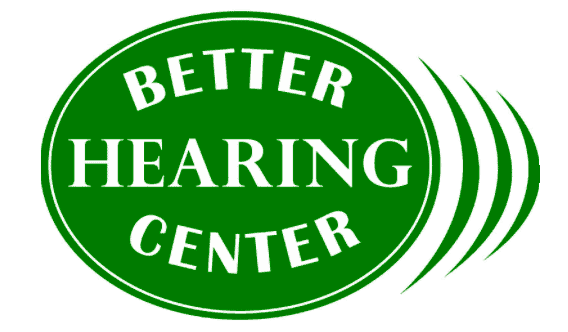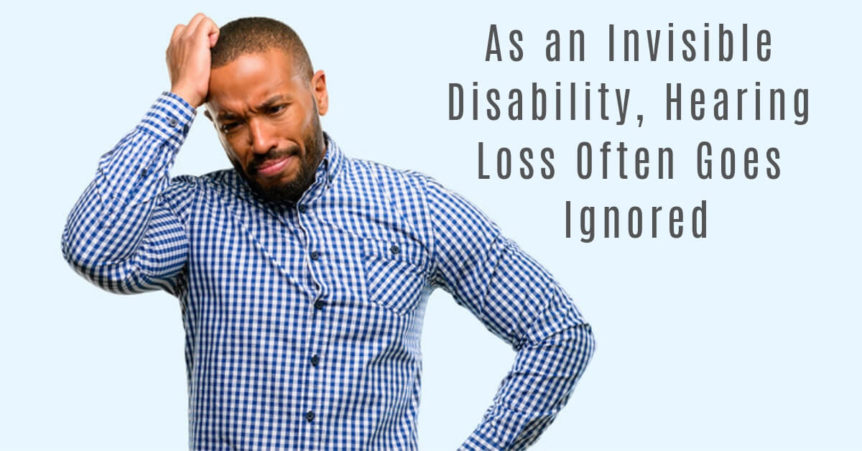- Custom vs. Over-the-Counter Hearing Aids: Finding the Right Fit for Your Ears - April 10, 2024
- Real Stories, Real Triumphs: Cochlear Implants Make All the Difference - March 15, 2024
- Common Misconceptions About Hearing Aids - February 14, 2024
[Helen Keller is credited with writing that “Blindness cuts us off from things but deafness cuts us off from people.” This is incredibly accurate and is often unrecognized by those around us.
Hearing loss can have a significant impact on both your social and professional life. Coping with hearing loss is different from other disabilities as it is invisible; even the sight of a hearing aid does not guarantee that a hearing loss will be acknowledged and understood. This makes hearing loss a very invisible disability that is easily ignored in working environments and in day-to-day activity.
The struggles of hearing loss
Hearing loss can have a big impact on a person’s quality of life, both physically and emotionally. Hearing loss has been linked to stress, depression, loneliness, reduced job performance, and reduced physical and mental health. Adults with hearing loss are less likely to take part in social activities and more likely to feel depressed or sad. People with a profound hearing loss are more likely to be unemployed, and those who are employed often make less money than people with normal hearing. Untreated hearing loss also has many negative effects on children. The average hearing 15-year-old reads at the 10th grade level, while the average 15-year-old with severe to profound hearing loss reads at only the 3rd grade level. In addition, attention skills are often much lower in children with hearing loss.
In the working environment it can be especially hard; taking part in meetings, listening on the telephone and even team building activities will become tasks that you can no longer carry out. Everyday worries, such as losing a job will become even more stressful as hearing impaired people will be aware that there now will be roles and opportunities that are simply out of reach due to their disability.
Safety is a huge worry for those with hearing impairments. Imagine you are fast asleep and the fire alarm goes off, a “normal” hearing person would be awoken by their fire alarm but a person who struggles with hearing may not, especially if they take their hearing aids out at night.
ADA must be more inclusive
The Americans with Disabilities Act (ADA) was enacted 25 years ago, yet the same issues are being discussed for people with hearing loss. The terms “disability” and “access” are often used to only describe those with physical disability and physical access. The ADA symbol for people with disabilities is a person using a wheelchair rather than a symbol showing multiple disabilities. Unfortunately a wheelchair can’t visibly represent all disabilities.
Often hearing loss isn’t perceived as a “real” disability. Hearing aids, unlike wheelchairs, are mostly inconspicuous, so hearing loss is an invisible disability. Even the means of access are seldom seen—they are a bunch of wires or a small captioning device, whereas ramps are highly visible. As a result, hearing loss access needs are often overlooked.
Importance of standard accommodation
The issue with hearing loss is a strain on communication. Places of public accommodation often have no idea what they should or shouldn’t implement for communication. Physical access is clear—build something this high and this wide. In comparison, spelling out “effective communication” can be subjective. Often what is ample communication for one person is not adequate for another with the same disability.
The lack of clarity concerning “effective communication” permits companies to develop hearing access equipment that may not have the best interests of people with hearing loss in mind. Some are selling handheld captioning devices for watching films or live theater. It is well known that people cannot drive and text simultaneously because their eyes can only see one place at a time, so it seems incomprehensible that museums, theaters or entertainment venues expect people with hearing loss to watch two places at one time.
To be most effective in accommodating hearing loss there should be a standardized method. The ADA should clarify that effective communication for people with hearing loss means full spectrum including audible, visual and qualified interpretation. Just because many cannot see a person’s hearing disability does not mean it’s a very real disability that deserves standardized accommodations.
Seeking Treatment for Hearing Loss
The good news is that hearing loss is a treatable condition. Seeking treatment for hearing loss begins with a hearing test. At Better Hearing Center in Seattle, we provide comprehensive hearing tests and hearing aid fittings. If you’ve been experiencing changes in your hearing, contact us today to schedule an appointment.

